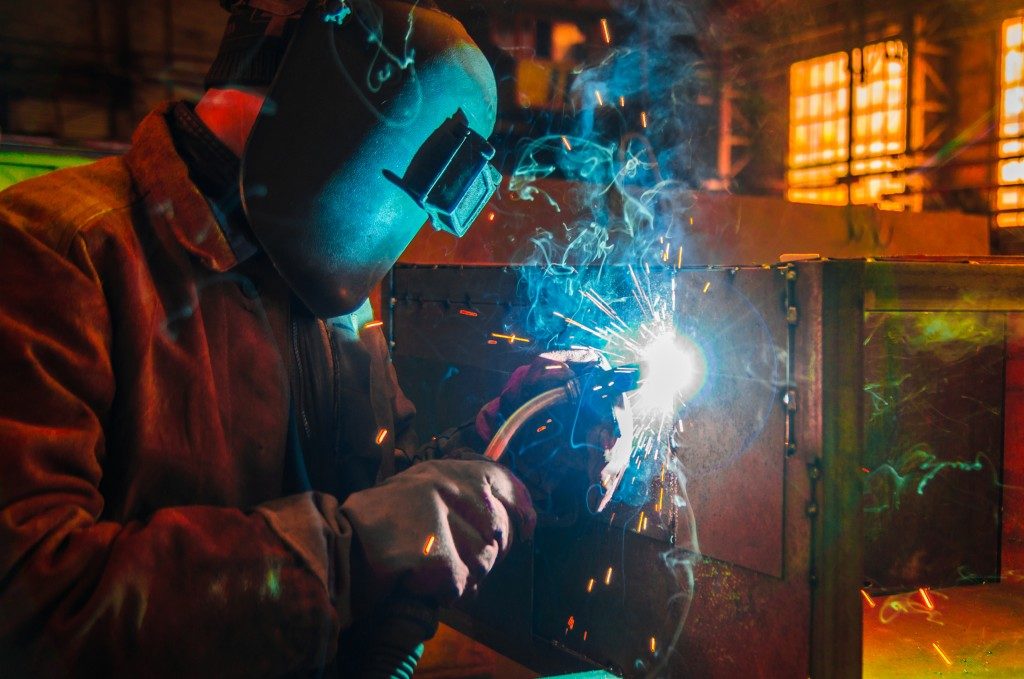Welding is currently among the most profitable trades to invest in. It might, unfortunately, become the primary cause of various issues without the right protection for multiple parts of your body. While all parts of your body should be protected, the hands are at the highest risk of burns and electric shocks.
They can also be accidentally smashed by the objects you are cutting and various flying objects. When working with a welding protective gear supplier, though, the options you have for your gloves can be overwhelming. The best material option for welding gloves is leather, though.
This material is inexpensive, comfortable, durable, and flexible. Its flexibility will allow you to handle all types of welds without hindering the movement of your fingers and hands. Not all leather types used for welding gloves are however equal.
Here are tidbits on the leather for welding gloves to guide you in making the best choice.
Elk Skin Leather
This offers the highest level of feel, performance, and comfort among welding gloves. Elk skin leather gloves will mold to your hand and do not harden as quickly as cowhide leather gloves once exposed to heat. Owing to its exceptional ability to withstand very high temperatures, this type of leather is used in gloves designed for stick welding.
Cowhide Leather
This is a more durable and tougher option for welding gloves compared to elk skin leather though not as soft as the latter. There are different cowhide leather types used in welding gloves based on their harvest location.
Split leather is harvested from the side or shoulder area of a cow while top grain leather is gotten from a cowhide’s top layer. Top grain leather makes the longest lasting and highest quality welding gloves. Owing to their durability, cowhide leather gloves are used for MIG and stick welding.
Pigskin Leather
This is a tough hide that works best in oily and wet conditions since it is soft and naturally breathable. As such, it guarantees the continued comfort of your welders even when their hands are sweaty. Pigskin leather is generally used in TIG, MIG and stick welding gloves.
Its top grain is usually used on the inside layer of the gloves while the rough part is used on the exterior. This boosts the traction of the gloves. Pigskin leather does not, however, offer utmost protection when working in high moisture environments.
Goatskin Leather

This is renowned for its tensile strength and abrasion coupled with flexibility and softness. As such, goatskin leather works best for TIG welding gloves as dexterity is essential in this welding technique.
The highest-quality goatskin leather welding gloves are those made from kidskin. These gloves allow welders to easily control their wire in TIG welding since they offer optimal fingertip sensitivity.
The best-looking or cheapest welding gloves on the market might not offer your hands the necessary protection during your welding. You should check the ANSI specifications on welding gloves before heading out to get them to ensure you do not contravene any legislation.
After this, you should match the ideal leather option for the gloves from the above based on the elements in your working environment and the type of welding.

